Temple on the second near the launching of these "secret" you should know | Temple on the second _ in advance news
Starting tomorrow, "temple on the second" will launch the window period, satellite launch. As the first real space laboratory of China, "temple on the second" has begun to walk into people's eyes.
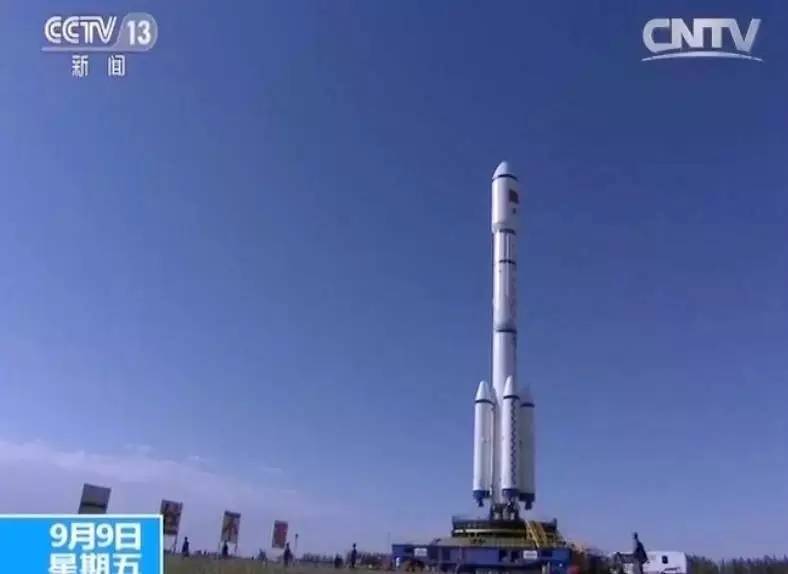
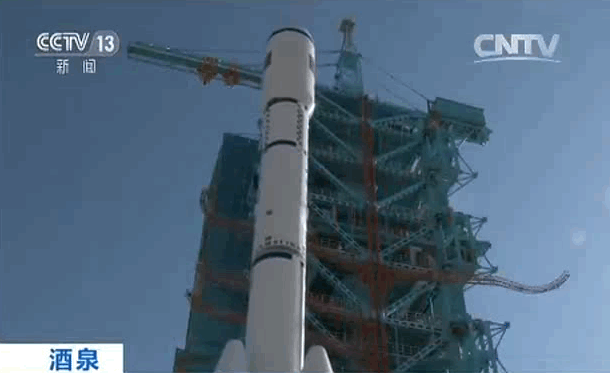
On September 9, the "temple on the second" space laboratory "long second" f T2 vertical transport to the launch Tower.
On September 11, "temple on the second" lasted 3.5 hours to the tasks of system-wide launch exercises.
On September 12, the launch of "temple on the second" of "long second" f T2 launch vehicle into the filling before preparing.
According to plan, "temple on the second" space laboratory will be launched on September 15 to 20th time, and on-orbit testing and after the establishment of independent operating mode, ready to meet the "Shenzhou 11th" manned spacecraft to visit preparation.
This is the second "long seventh" carrier rocket after the first Chinese manned space laboratory the second flight.
"Temple on the second" look like?
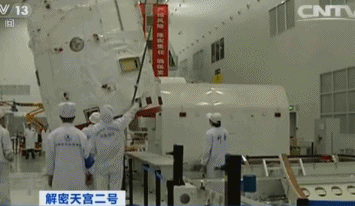
"Temple on the second" resource class
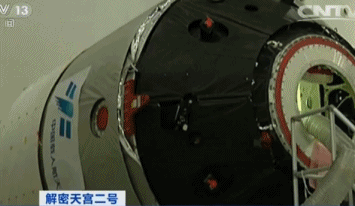
"Temple on the second" laboratory
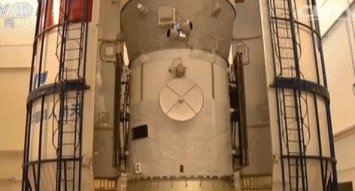
"Temple on the second" overall appearance
"Temple on the second" space laboratory seen from the shape and "temple on the first", or in resource and module consisting of two class structures.
Resource class functions for "temple on the second" space flight to provide energy and power. Lab as a pressurized cabin, its main function is to provide the astronauts living in space clean, temperature and humidity, suitable for the manned space environment and activities.
According to plans, this year October, China will launches "Shenzhou 11th," manned spacecraft, and "Temple second," space laboratory for docking, for 30 days of astronaut medium-term resides test; next year, "March seventh," rocket will launches days boat first, freight spacecraft, and "Temple second," for docking, for advance agent in rail fill added, station built operation key technology of validation.
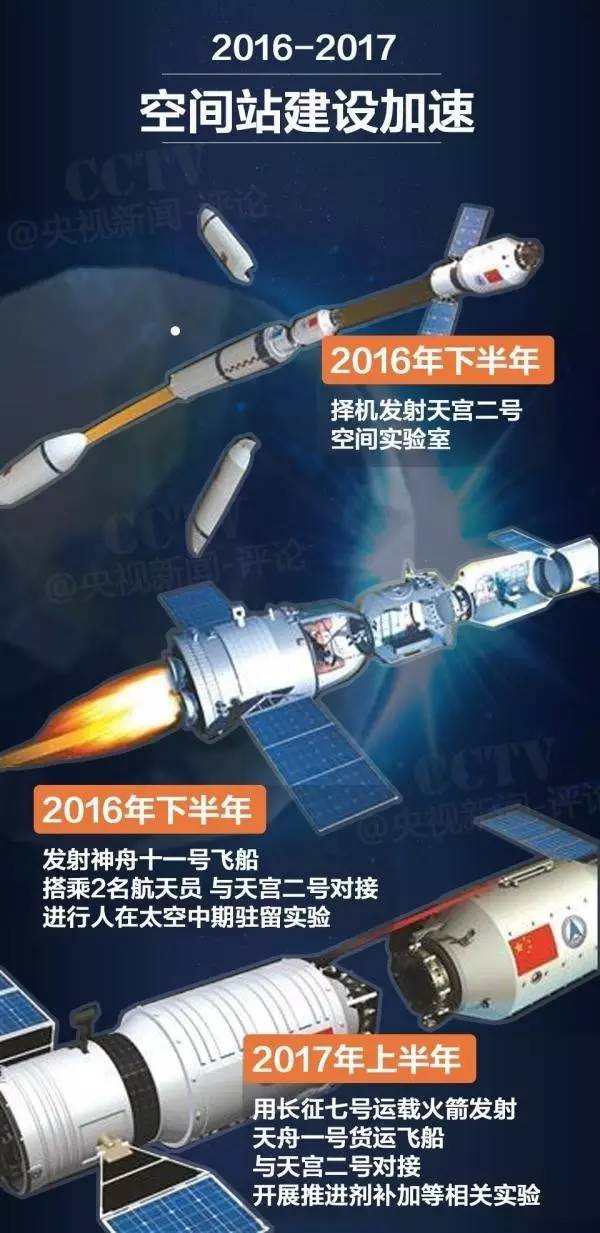
"Temple on the second" and "Shenzhou 11th" launch and rendezvous and docking, is the key to China's space station wars. The problem is gone, "temple on the second" why is it so important? It and "temple on the first", what is different?
"Temple on the second": China's first space laboratory
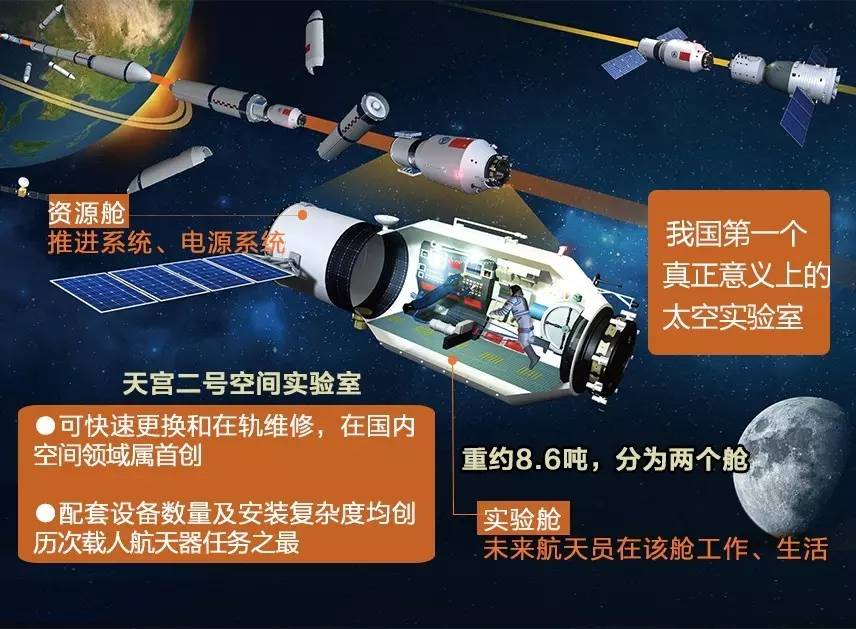
"Temple on the second" called "space laboratory", is China's first space lab platform. Prior to "the temple on the first" is the "target vehicle". From the target spacecraft into the space laboratory, there are significant differences.
"The temple on the first" at the Mission's primary goal is to break through the rendezvous and docking technology, a combination of management and control as well as medium-term presence of the astronauts, they all belong to the early technology validation.
"Temple on the second" is a real space lab, will be carried out on 14 projects in space science and applications, is manned all the tasks in the project up again.
More importantly, the "temple on the second" after the launch is completed, it will be completed in the space of three major tasks--
Astronaut medium-term presence;
Propellant is added in orbit;
In-orbit repair techniques.
The core technology research and reserve, will further promote China's space station construction process.
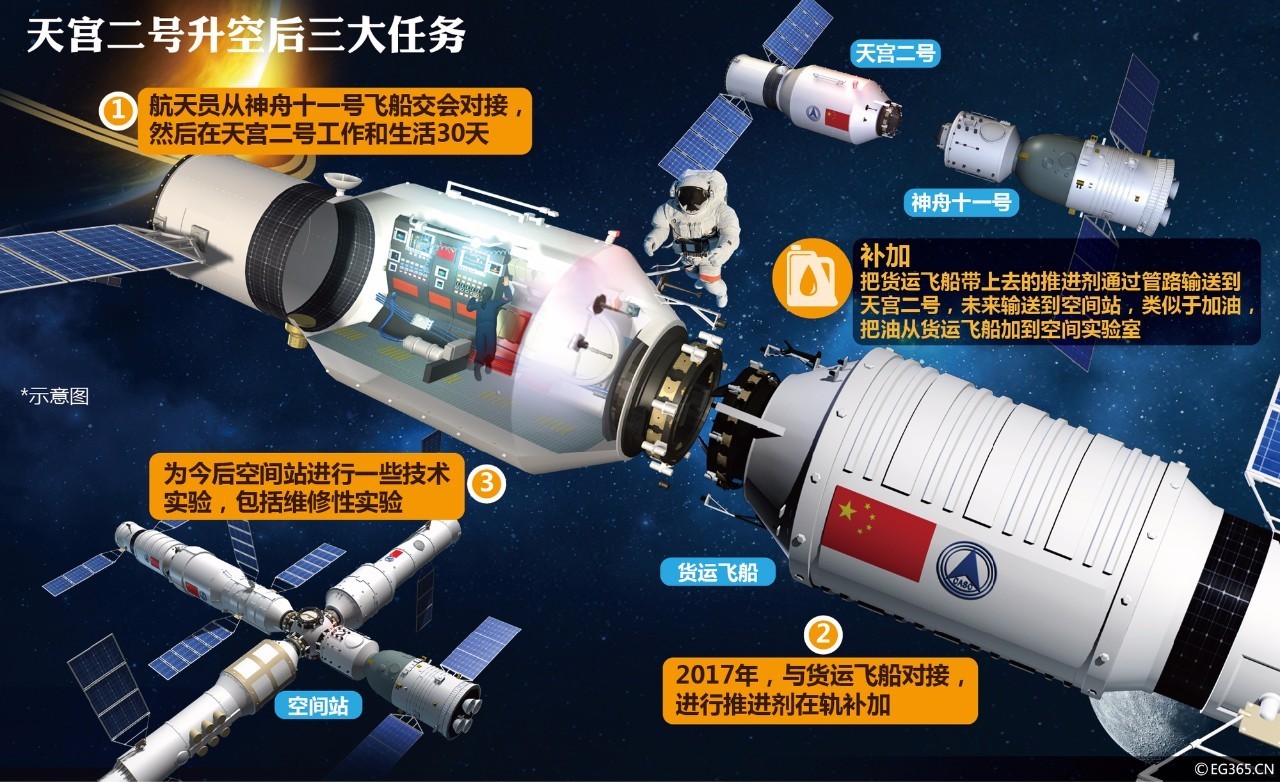
According to the China Aerospace Science and Technology Corporation Deputy Chief Designer Liao Jianlin introduces five-space laboratory system, "temple on the second" not simply "temple on the first" a repetition, a lot of new design work around tasks, including medium-term presence of astronauts, we in this Chamber, the astronauts ' comfort within the capsule design. Includes interiors, equipped with some of the hard, soft railings, than "temple on the first" is better.
It is worth mentioning that, "temple on the second" system design is modular, which means that it can be quickly replaced when problems occur and in-orbit repair, this area was the first in the domestic space.
Intimate design to facilitate astronauts living in space
"Temple on the second" space laboratory after the launch, there will be two astronauts staying at the "Temple". Where they will live and work for 30 days, verify that the medium-term on-orbit astronaut presence, which is the longest one so far China's manned flight missions.
Living in a weightless environment for 30 days is not an easy task. To do this, "temple on the second" a lot more intimate design, more convenient and astronauts work and live.
1, the first time using the multifunctional platform. Astronauts can write, eat, and do scientific experiments, life work balance.
2, communications for the astronauts equipped with a Bluetooth headset and Bluetooth stereo.
3, replaced the carpets with flooring.
4, cabin lighting with beige colors, the brightness can be adjusted manually, and for each of the astronauts installed a bedside lamp.
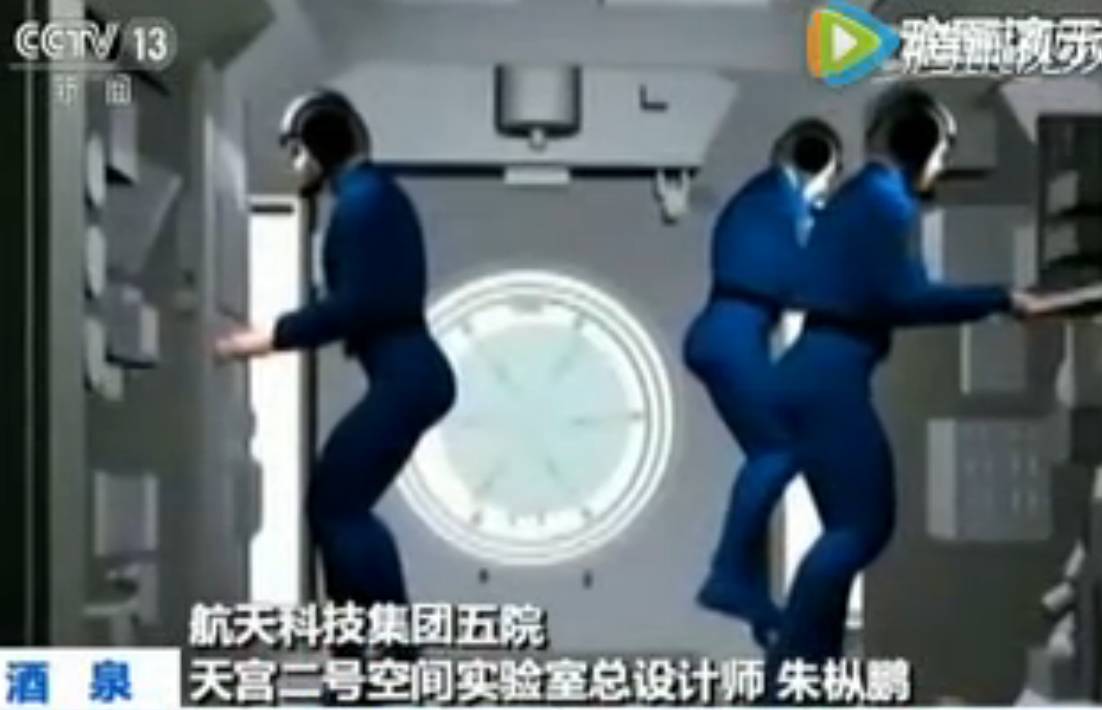
"Temple on the second" increases the multifunctional design of small
In fact, 30-day space hosting is not only a test of the astronauts themselves, new challenges for China's manned space technology. How to provide a suitable living environment for a long time, how long to provide supplies, including water, are in "temple on the second" tasks have been verified.
"Temple on the second" up "unknown Jue Li of" space experiment
"Temple on the second" as China's first real space laboratory, equipped with pilot projects to achieve the unprecedented 14, it is also about to become China's "busy" space laboratory.
Able to get on the "temple on the second" the "admission ticket", no doubt, these experiments are among the world's most advanced search field. Among them, there are two experiments need to be directly involved in the operation of the astronauts, it is international cooperation in joint research projects.
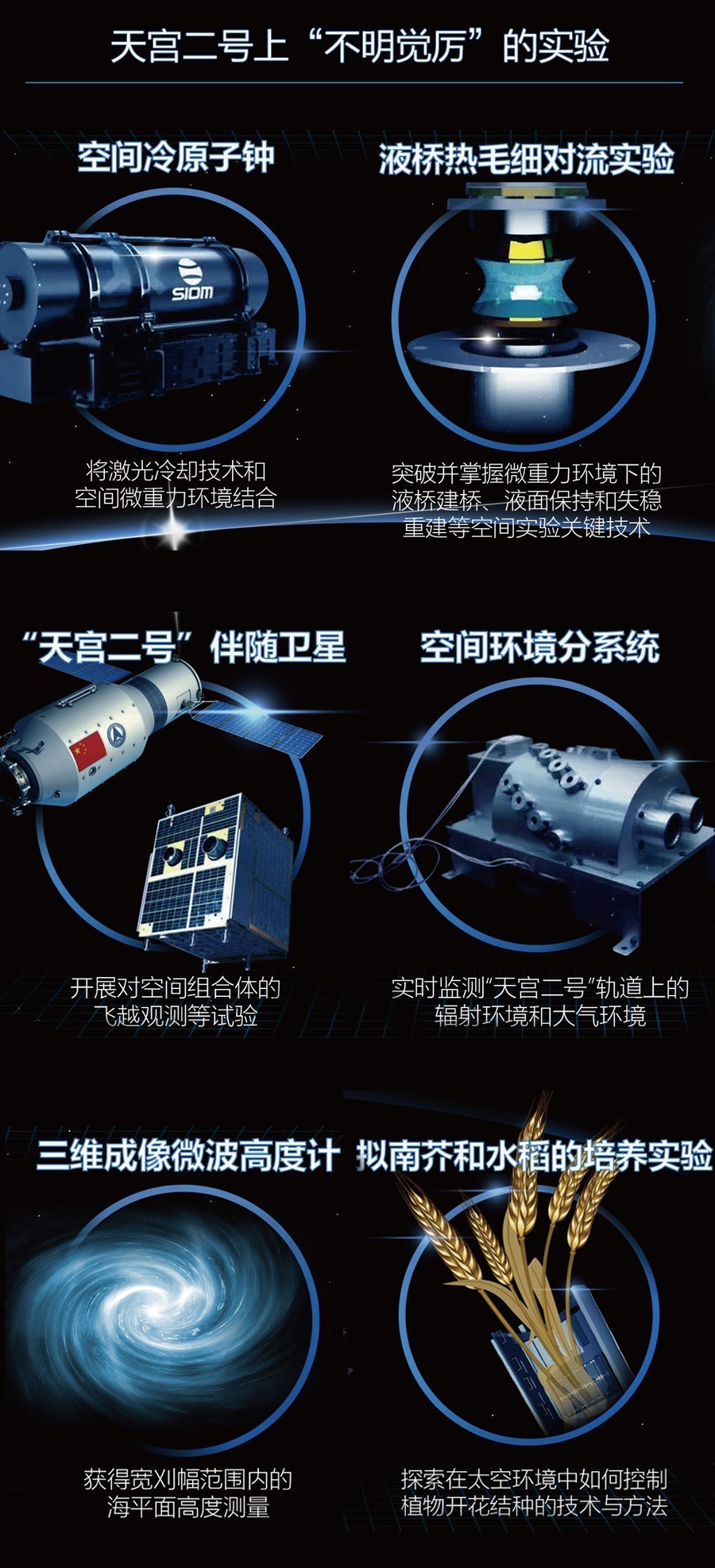
In these experiments, many is the world-leading space science exploration and application of international advanced technology. Among them, the cold atomic clock into space for the first time space, spacecraft autonomous timekeeping accuracy can be two orders of magnitude, the satellite positioning and navigation and other production and gravitational-wave detection of space science research will have a significant impact.
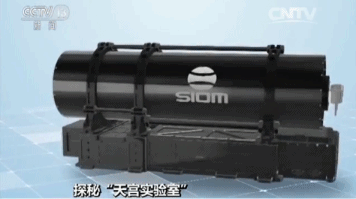
Cold atomic clock animation space: 30 million years error of 1 second
What is the difference between the space lab and space station?
"Temple on the second" does that mean that China is going to have after the launch space station now?
Not that simple, of course. Means available for many of the space station astronaut visits, long-term living and working spacecraft. Notably including the former Soviet Union launched the construction of the space station Salyut series of space stations and the Mir space station, jointly built by the us, Russia, Europe and Japan, the international space station.
Space lab is more like the station's predecessor, was for the development of space stations, transition from a manned spacecraft to test spacecraft for manned space infrastructure. Construction of the space station is the third step in China's manned spaceflight strategy, scheduled to be completed around 2020, 2022 fully operational, on-orbit operations for more than 10 years, permanent presence 3, application to larger-scale space.

Imagine China station
In 2011, the "temple on the first" the successful launch of us excited now, "temple on the first" limelight, "temple on the second" relay posts, and will open up a new era in China's space technology.
Responsible editor: Gao Yuying
Article keywords:Temple on the second
I want feedback
Save a Web page
CCTV
天宫二号临近发射 这些“秘密”你应提前知道|天宫二号_新闻资讯
从明天开始,“天宫二号”将进入发射窗口期,择机发射。作为中国第一个真正意义上的太空实验室,“天宫二号”已开始走进人们的视线。


9月9日,“天宫二号”空间实验室与“长征二号”F T2火箭垂直转运至发射塔架。
9月11日,“天宫二号”任务进行了持续3个半小时的全系统发射演练。
9月12日,发射“天宫二号”的“长征二号”F T2运载火箭进入加注前准备。
按计划,“天宫二号”空间实验室将于9月15日至20日择机发射,之后开展在轨测试并建立自主运行模式,做好迎接“神舟十一号”载人飞船访问的准备。
这是继“长征七号”运载火箭首飞之后,中国载人航天工程空间实验室阶段任务的第二次飞行。
“天宫二号”长啥样?

△“天宫二号”资源舱

△“天宫二号”实验舱

△“天宫二号”整体外观
“天宫二号”空间实验室从外形上看和”天宫一号”差不多,还是以资源舱和实验舱组成的两舱结构。
资源舱主要功能是为“天宫二号”在太空飞行提供能源和动力。实验舱作为一个密封舱,它的主要功能是为航天员在太空生活提供洁净、温度和湿度适宜的载人环境和活动空间。
根据计划,今年10月,中国将发射“神舟十一号”载人飞船,与“天宫二号”空间实验室进行对接,进行30天的航天员中期驻留试验;明年,“长征七号”火箭将发射天舟一号货运飞船,与“天宫二号”进行对接,进行推进剂在轨补加等空间站建造运营关键技术的验证。

“天宫二号”与“神舟十一号”的发射和交会对接,是中国空间站建设的关键之战。那问题来了,“天宫二号”为何如此重要?它与“天宫一号”又有何不同呢?
“天宫二号”:中国首个空间实验室

“天宫二号”称为“空间实验室”,是中国首个太空实验室平台。而此前的“天宫一号”则是“目标飞行器”。从目标飞行器变成了空间实验室,这里头有很大差别。
“天宫一号”当时任务的主要目标是突破交会对接技术、组合体管控以及航天员中期驻留,这些都属于先期技术验证。
而“天宫二号”则是真正意义上的空间试验室,将开展14项空间科学与应用项目,是载人航天历次任务中应用项目最多的一次。
更重要的是,“天宫二号”在完成发射之后,它将在太空完成三大任务——
航天员中期驻留;
推进剂在轨补加;
在轨维修技术试验。
这些核心技术的攻关和储备,将推动中国空间站建设进程更进一步。

据中国航天科技集团公司五院空间实验室系统副总设计师 廖建林介绍,“天宫二号”不是简单的“天宫一号”的一个重复,围绕任务开展了很多新的设计工作,包括围绕航天员的中期驻留,我们在这个舱内,密封舱内开展的就是航天员的舒适性的一些设计。包括内饰,里面配的一些硬制的、软制的扶手,都比“天宫一号”要好。
值得一提的是,“天宫二号”的系统设计是模块化的,也就是说它出现问题时可以快速更换和在轨维修,这在国内空间领域属于首创。
贴心设计 方便航天员太空生活
“天宫二号”空间实验室发射之后,将会有两名航天员入住“天宫”。他们将在那里工作和生活30天,验证航天员中期在轨驻留,这也是目前为止中国载人飞行时间最长的一次任务。
在一个失重的环境中生活30天,并不是一件容易的事。为此,“天宫二号”在内部增加了很多贴心的设计,更加方便航天员的工作和生活。
1、首次使用可展开的多功能小平台。航天员可以在上面写字、吃饭、做科学实验,生活工作两不误。
2、通信方面为航天员配备了蓝牙耳机和蓝牙音响。
3、用地板取代了地毯。
4、舱内灯光采用米黄色色调,亮度可手动调节,并为每个航天员安装了床前灯。

△“天宫二号”增加了多功能小平台的设计
事实上,30天的太空驻留不仅是对航天员本身的考验,也是对中国载人航天技术全新的挑战。如何长时间提供适合人生活的环境,如何长时间提供包括水在内的物资供给,都将在“天宫二号”任务中得到验证。
“天宫二号”上“不明觉厉”的太空实验
“天宫二号”作为中国首个真正意义上的空间实验室,搭载的实验项目达到了史无前例的 14 项,它也即将成为中国“最忙碌”的空间实验室。
能够拿到登上“天宫二号”的“入场券”,这些实验无疑都属于当今世界最前沿的探索领域。其中,有两项实验需要航天员直接参与操作,有一项是国际合作联合研究的项目。

在这些实验项目中,很多都是处于世界前沿的空间科学探索领域和国际先进的应用新技术领域。其中,首次进入太空的空间冷原子钟,可以将航天器自主守时精度提高两个数量级,这对卫星定位导航等生产生活及引力波探测等空间科学研究将产生重大影响。

△空间冷原子钟模拟动画:3千万年误差1秒
空间实验室与空间站有什么区别?
“天宫二号”发射以后是不是意味着中国即将拥有空间站了呢?
当然没有那么简单。空间站是指可供多名航天员巡访、长期工作和居住生活的载人航天器。比较著名的空间站包括前苏联发射建造的礼炮系列空间站与和平号空间站,以及由美俄欧日等共同建造的国际空间站。
而空间实验室更像是空间站的前身,是为发展空间站,从载人飞船过渡到载人航天基础设施的试验性航天器。空间站建设是中国载人航天工程战略的第三步,计划于2020年左右建成,2022年全面运行,可在轨运营10年以上,长期驻留3人,以进行较大规模的空间应用。

△想象的中国空间站
2011年,“天宫一号”的成功发射让我们热血沸腾,如今,“天宫一号”功成身退,“天宫二号”即将接力上岗,并将开创中国空间应用技术的新纪元。
责任编辑:高玉营
文章关键词: 天宫二号
我要反馈
保存网页
央视